
Guide to Japan’s Fireworks Festivals: When and Where to Go
Japan’s summer fireworks festivals, known as "hanabi taikai" (花火大会), are among the most anticipated events in the country, drawing large crowds to witness dazzling displays of color and light. Rooted in centuries-old traditions, these festivals combine spectacular pyrotechnics with local culture, offering a unique experience of Japanese summertime celebrations. Each fireworks display is meticulously planned, with choreographed sequences set to music, showcasing both traditional and modern styles.
This guide provides an overview of some of Japan's most famous fireworks festivals, detailing when and where to go for the best experiences. Whether you’re looking for a seaside show, a city celebration, or a riverside display, these festivals are sure to provide unforgettable summer memories.
Contents
1. Sumida River Fireworks Festival (Tokyo)
2. Nagaoka Fireworks Festival (Niigata Prefecture)
3. Omiya Ark Fireworks Festival (Saitama Prefecture)
4. Lake Suwa Fireworks Festival (Nagano Prefecture)
5. Tsuchiura All Japan Fireworks Competition (Ibaraki Prefecture)
1. Sumida River Fireworks Festival (Tokyo)
Tokyo’s Sumida River Fireworks Festival is one of Japan’s oldest and most famous summer events. Held on the last Saturday of July, this festival has its origins in the Edo period (1603–1868) as a way to ward off disease and honor the spirits of the dead. Today, it’s celebrated with stunning pyrotechnic displays along the Sumida River, with thousands of fireworks lighting up the sky.
The Sumida River festival offers a vibrant urban atmosphere, with Tokyo Skytree adding to the impressive skyline. Popular viewing areas include Sumida Park and various bridges along the river. It’s recommended to arrive early, as crowds gather quickly, or to book a riverside restaurant seat for a clear view. Each year, around 20,000 fireworks are launched, creating mesmerizing displays that capture Tokyo’s energy and tradition.
2. Nagaoka Fireworks Festival (Niigata Prefecture)
The Nagaoka Fireworks Festival, held annually on August 2nd and 3rd, is known for its impressive scale and emotional significance. Started in the aftermath of World War II to honor the city’s resilience, it has grown into one of Japan’s premier fireworks displays. The festival features several themes, including tributes to peace and remembrance, which make the event deeply moving as well as visually spectacular.
Nagaoka’s fireworks are launched over the Shinano River, with over 20,000 fireworks lighting up the sky across two nights. Highlights include the “Phoenix” display, a tribute to recovery and hope, and the “Niagara Falls,” a cascade of lights stretching over 650 meters. The festival is best viewed from designated seating areas along the riverbanks. Arrive early or reserve tickets for the best experience, as this popular event draws visitors from across Japan.
3. Omiya Ark Fireworks Festival (Saitama Prefecture)
Omiya Ark Fireworks Festival, held in early August, is a favorite in Saitama Prefecture. Known for its family-friendly atmosphere, this festival combines traditional fireworks with innovative lighting and music. Set against the cityscape of Saitama, the festival showcases choreographed displays set to popular music, giving the event a modern flair.
Each year, approximately 10,000 fireworks are launched, lighting up the night sky with a mix of colors and patterns. The Omiya Ark festival is also known for its spacious viewing areas, which make it accessible for families and larger groups. Nearby parks and riverside areas provide excellent vantage points, and food stalls offer classic festival snacks like yakisoba, taiyaki, and shaved ice, adding to the festive spirit.
4. Lake Suwa Fireworks Festival (Nagano Prefecture)
Held in mid-August, the Lake Suwa Fireworks Festival in Nagano Prefecture is one of Japan’s largest and most impressive fireworks events. Known for its high-power launches and unique water-based fireworks, the festival is set against the scenic backdrop of Lake Suwa, creating stunning reflections on the water.
Over 40,000 fireworks are launched, making this one of the most extensive displays in Japan. Spectators can enjoy a variety of pyrotechnic styles, including massive star mines and rapid-fire effects. Viewing spots along the lakeside offer panoramic views, but arriving early or reserving a seat is highly recommended due to the festival’s popularity. Local food vendors and evening boat cruises add to the unique charm of this lakeside celebration.
5. Tsuchiura All Japan Fireworks Competition (Ibaraki Prefecture)
Held annually in early October, the Tsuchiura All Japan Fireworks Competition is one of Japan’s most prestigious fireworks events. Known as the top competition for Japan’s pyrotechnic masters, the event attracts top talent from across the country to showcase their skills in categories like “star mines” and “shell fireworks.”
The Tsuchiura competition, set along the Sakura River, features an incredible level of precision and artistry, with fireworks choreographed to music and creatively themed displays. This event is less about volume and more about quality, as each display is meticulously judged by a panel of experts. The Tsuchiura competition is an ideal destination for fireworks enthusiasts and those looking for an unforgettable display of skill and artistry.
6. Miyajima Water Fireworks Festival (Hiroshima)
The Miyajima Water Fireworks Festival is held every August on the island of Miyajima in Hiroshima Prefecture. Known for its “floating” torii gate at Itsukushima Shrine, this festival creates a magical scene with fireworks reflecting over the Seto Inland Sea and framing the famous torii gate.
This festival features approximately 5,000 fireworks, but the unique location and enchanting reflections make it one of the most visually striking displays in Japan. Due to the island’s limited space, planning ahead is essential, as visitors often arrive early to secure a good spot. Viewing from the ferry is also an option, offering an unforgettable perspective of the fireworks and the island’s natural beauty.
7. Conclusion: Embracing Japan’s Hanabi Spirit
Japan’s fireworks festivals offer more than just breathtaking displays; they provide an opportunity to experience the warmth of Japanese summer traditions and the communal joy of a shared spectacle. Each festival carries its own unique charm and story, from Tokyo’s urban Sumida River display to the peaceful Miyajima water fireworks. Attending these events allows visitors to feel the spirit of hanabi—Japan’s love for fireworks that blends art, nostalgia, and celebration.
Whether you’re a first-time visitor or a fireworks enthusiast, Japan’s summer festivals promise unforgettable memories. Plan your summer or autumn itinerary around these events to experience the magic and excitement of hanabi in Japan.
Share
You may also like
-

Visiting Japan’s Love Hotel Districts: What to Expect
Japan’s love hotel districts are famous for their unique and fascinating blend of privacy, creativity, and a touch of...
-

Top 10 Late-Night Dining Spots in Tokyo’s 24-Hour Cafes
Tokyo’s vibrant nightlife extends well beyond bars and nightclubs, with a thriving late-night dining culture tha...
-
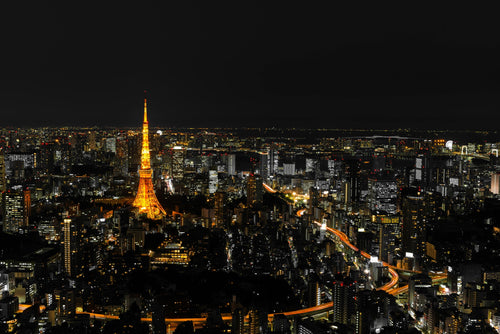
Best Night Tours in Tokyo for After-Dark Adventures
Tokyo’s nightlife is renowned for its energy, vibrancy, and unique blend of traditional and modern experiences. From ...
-
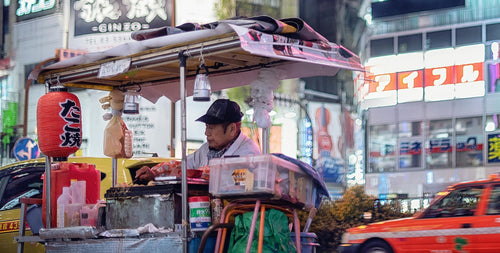
Japan’s Late-Night Food Culture: 8 Best Street Eats
Japan’s late-night food culture is a vibrant experience, especially in bustling cities like Tokyo and Osaka, where de...
-
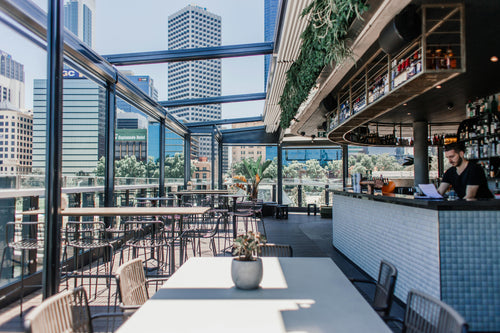
7 Rooftop Bars in Tokyo for Stunning Views
Tokyo’s rooftop bars offer some of the best ways to soak in the city’s skyline while enjoying drinks, atmosphere, and...
-
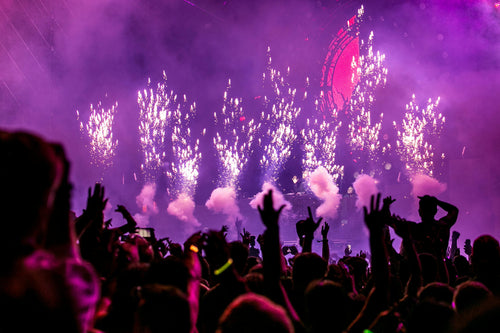
10 Best Nightclubs in Tokyo for Dancing and Music Lovers
Tokyo's nightlife is renowned for its variety and energy, with nightclubs that range from high-energy dance floors to...
-
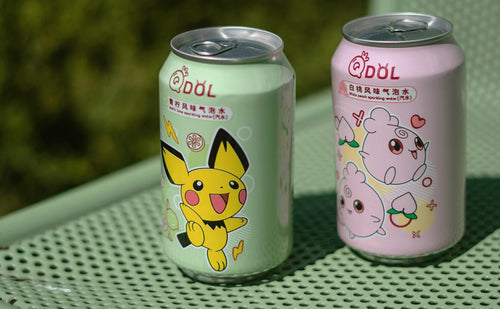
8 Themed Bars and Cafes You Need to Visit in Tokyo
Tokyo is famous for its creative and quirky themed bars and cafes, offering immersive experiences for locals and...
-

Tokyo Nightlife Guide: Shinjuku, Shibuya, and Roppongi Highlights
Tokyo’s nightlife is legendary, offering a mix of vibrant energy, entertainment, and unique experiences in some of it...
-
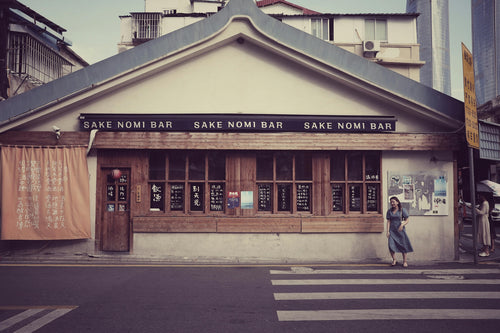
7 Best Japanese Sake Bars in Tokyo
Tokyo is home to some of Japan’s best sake bars, offering both locals and visitors an opportunity to explore the...
-
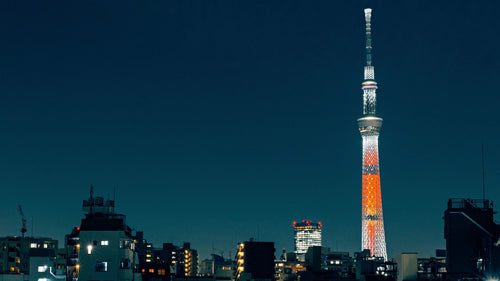
Top 6 Observation Decks in Tokyo for Scenic Views
Tokyo’s observation decks offer some of the best panoramic views of the city, giving visitors a chance to see th...
-
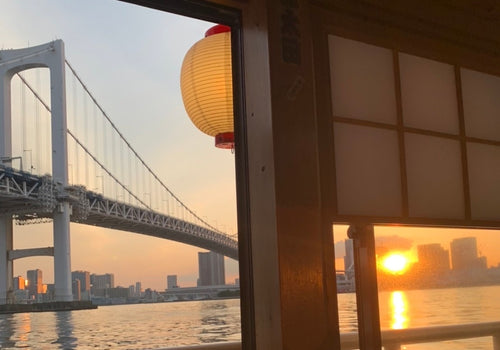
Night Cruises in Tokyo: Enjoy the City Views
Tokyo’s skyline is mesmerizing at any time, but experiencing it from the water on a night cruise adds a magical ...
-
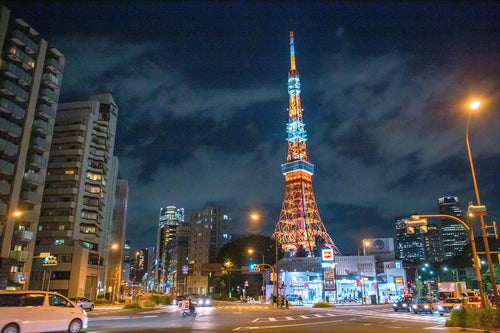
Roppongi Art and Nightlife Guide
Roppongi is one of Tokyo’s most vibrant districts, known for its lively nightlife, sophisticated art scene, and ...
-
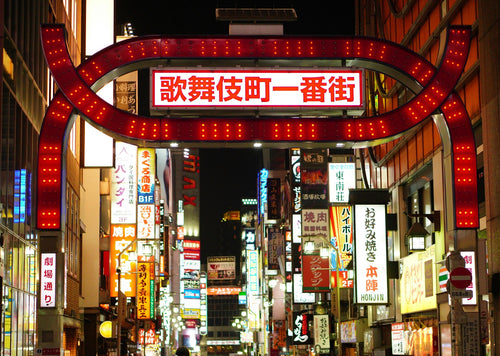
Nightlife Guide to Shinjuku Kabukicho
Shinjuku’s Kabukicho district, known as Tokyo’s “Sleepless Town,” is the center of nightlife in Tokyo. Renowned ...
-
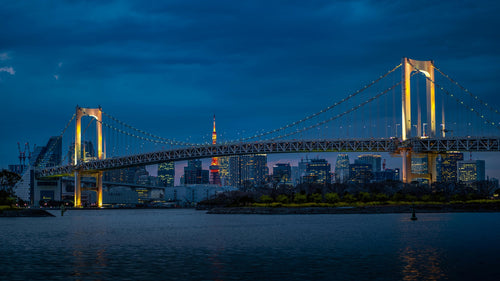
6 Best Night View Spots in Tokyo
Tokyo at night is a breathtaking spectacle, with illuminated skyscrapers, iconic landmarks, and bustling streets that...
-
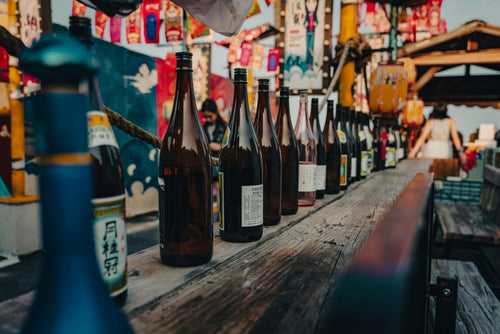
Top 12 Sake Breweries in Japan for Tasting and Tours
Japan’s sake culture is celebrated around the world for its depth, complexity, and rich history. Sake, or nihons...
-
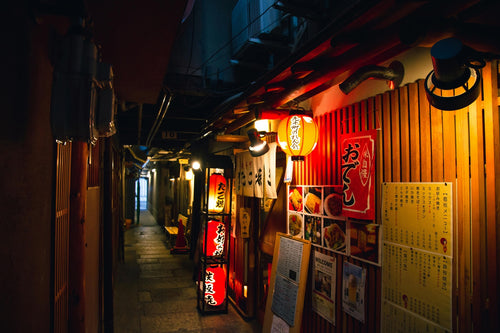
How to Enjoy a Night at a Japanese Izakaya
Japanese izakayas are casual, lively spots where locals gather after work to enjoy drinks, share small plates, a...
-

Exploring Karaoke Culture in Japan: 8 Best Places to Sing
Karaoke is an integral part of Japanese culture, offering a fun and entertaining way for friends, family, and even co...
-
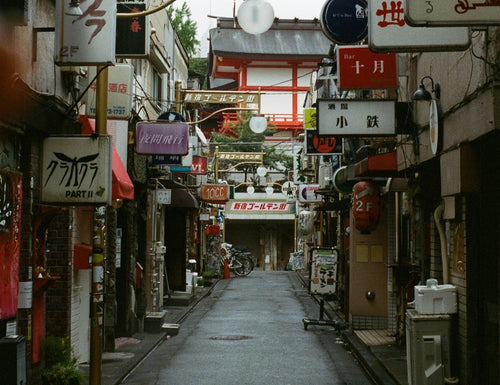
5 recommended bars in Golden Gai
Golden Gai, nestled in the heart of Tokyo’s Shinjuku district, is one of the city’s most iconic bar districts. Known ...
-
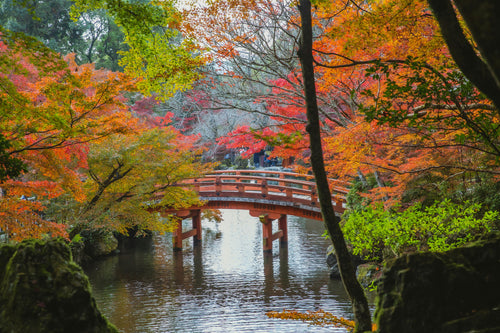
10 Japanese Gardens You Should Visit for Tranquility
Japanese gardens are renowned for their beauty, tranquility, and intricate designs that reflect harmony with nature. ...
-
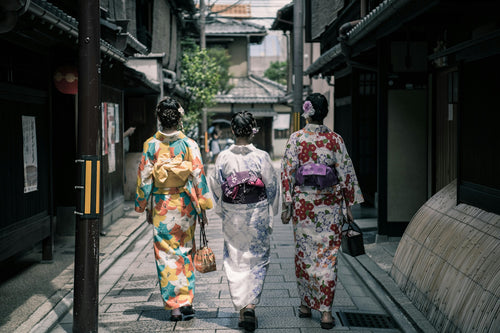
Japan’s Kimono Heritage: Symbolism, Style, and Where to See
The kimono, Japan’s traditional garment, is a beautiful and symbolic representation of Japanese culture. From its int...
-
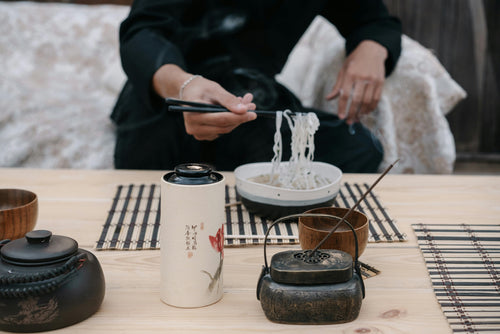
Etiquette Essentials for Visitors to Japan
Japan’s culture is rich in respect, politeness, and consideration, making etiquette an essential part of daily l...
-
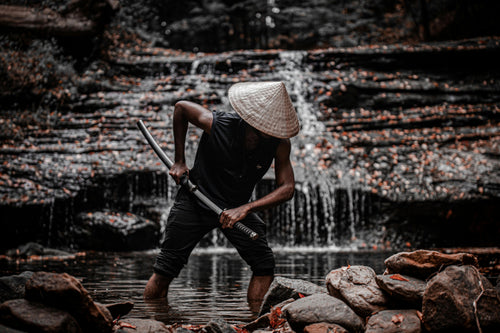
7 Best Places to Discover Japan’s Samurai History
Japan’s samurai history is one of honor, skill, and deep cultural influence, stretching back centuries and leaving an...
-
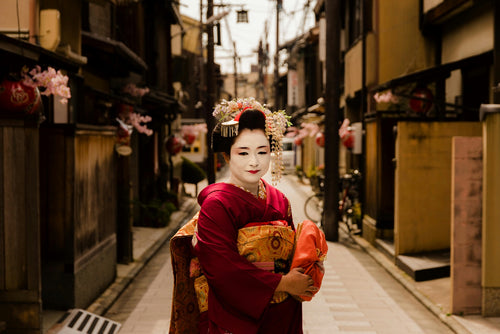
Geisha Culture in Japan: Myths and Realities
The world of geisha, Japan’s skilled performers and keepers of traditional arts, has long intrigued people around th...
-
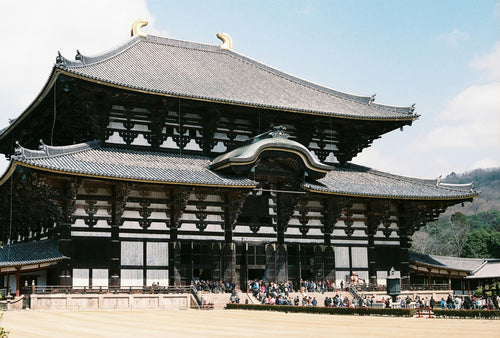
Japan’s Unique Architecture: Top 8 Traditional and Modern Landmarks
Japan is renowned for its unique blend of ancient architectural heritage and cutting-edge modern designs. From c...
-
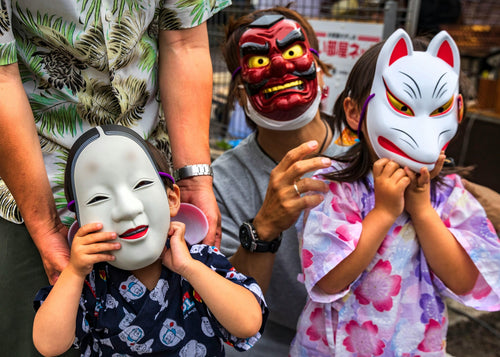
10 Traditional Japanese Festivals (Matsuri) You Can’t Miss
Japanese festivals, or *matsuri*, are vibrant celebrations of cultural heritage, featuring elaborate costumes, l...
-
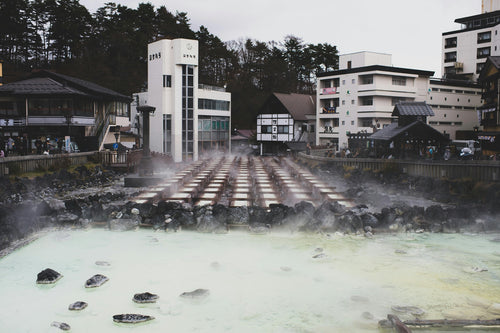
Japan’s Three Great Onsen: A Guide to Famous Hot Springs
Japan is famous for its natural hot springs, or *onsen* (温泉), offering visitors a unique opportunity to relax and rej...
-
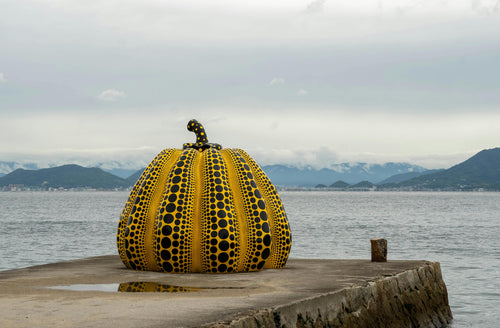
Japanese Art Exploration: Best Spots to Enjoy Art in Japan
Japan is a country rich in artistic heritage, from centuries-old traditional crafts to modern, innovative instal...
-
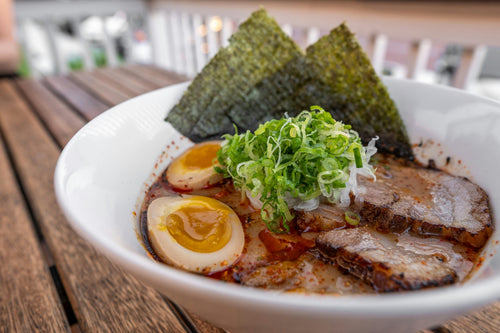
Where to Experience Ramen-Making Classes in Japan
Ramen is one of Japan’s most beloved dishes, with countless regional styles and flavors that attract food lovers from...
-
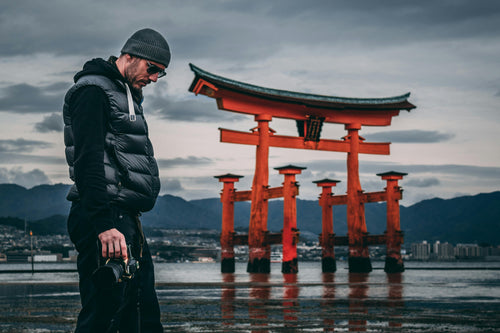
Power Spot Tours: Japan’s Famous Temples and Shrines
Japan is a land steeped in spiritual history, and visiting its temples and shrines provides not only a glimpse i...
-
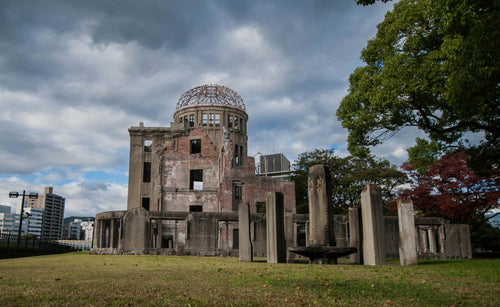
UNESCO World Heritage Site Tour Guide in Japan
Japan is home to numerous UNESCO World Heritage Sites, each offering a glimpse into the country’s rich cultural herit...
-
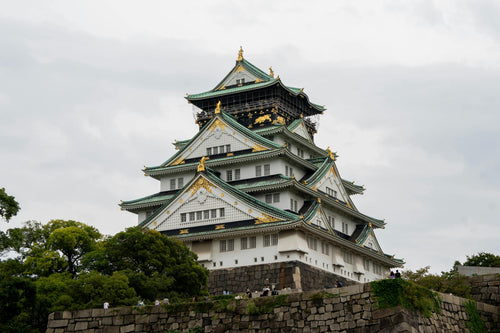
5 Famous Japanese Castles: History and Highlights
Japan is home to some of the most beautiful and historically significant castles in the world. Built during the feuda...
-
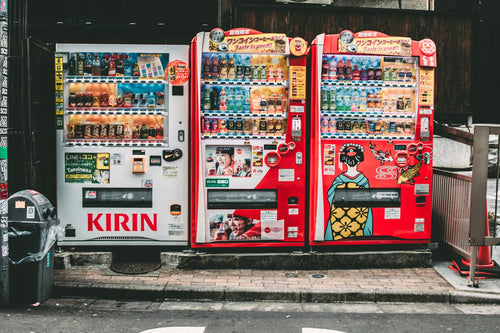
10 Unique Drinks to Try from Japanese Vending Machines
Japan is famous for its vending machines, offering an incredible variety of drinks that go beyond just soft drinks an...
-
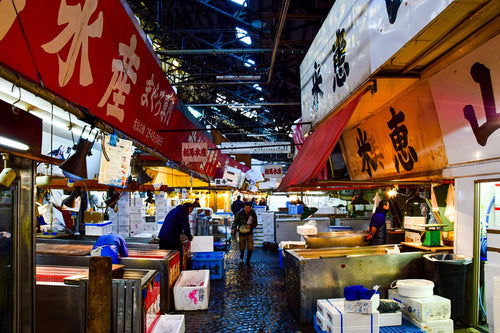
Tokyo Market Guide: Exploring Tsukiji and Toyosu Markets
Tokyo's Tsukiji and Toyosu Markets are must-visit spots for food lovers and anyone interested in Japan’s rich culinar...
-
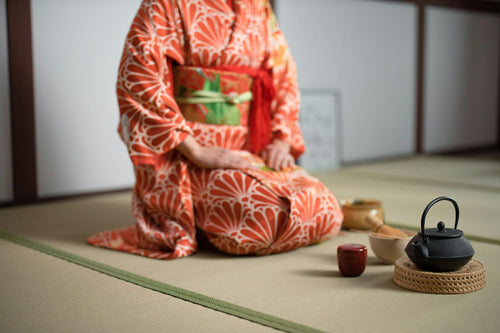
Experiencing Traditional Tea Ceremony in Tokyo
The Japanese tea ceremony, or "chanoyu," is a cultural experience steeped in tradition, aesthetics, and mindfulness....
-
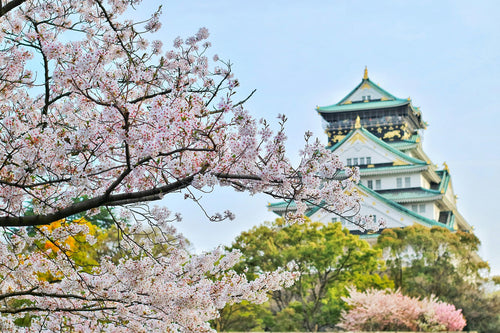
Top 7 Cherry Blossom Viewing Locations in Tokyo
Springtime in Tokyo is synonymous with the cherry blossom season, a breathtaking period when the city’s parks, rivers...
-
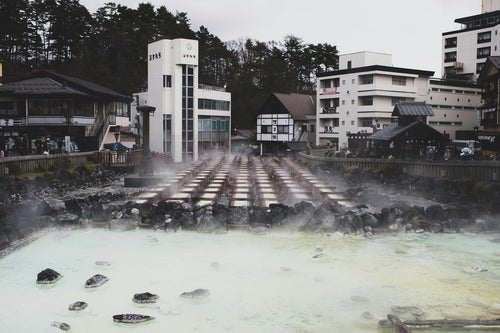
What is Onsen? A Guide to History, Benefits, and Etiquette
Onsen, Japan’s cherished hot spring culture, offers a unique blend of relaxation, scenic beauty, and deep-rooted trad...
-
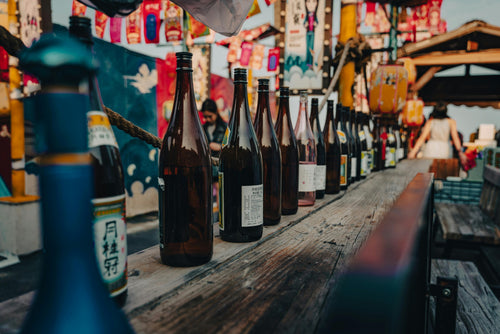
What is Sake? Its Production Method and History
Sake is a traditional Japanese alcoholic beverage made from fermented rice. It has been enjoyed in Japan for over a t...
-
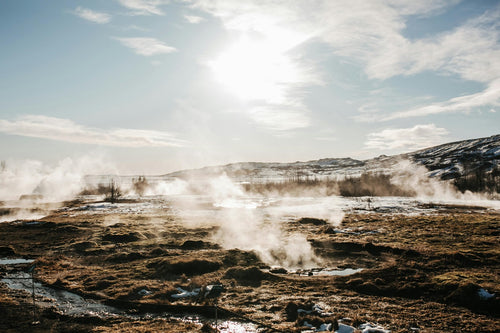
8 hot springs with beautiful scenery near Tokyo
Tokyo is a bustling metropolis, but just outside the city are some of Japan's most serene hot springs, or onsens, off...
-
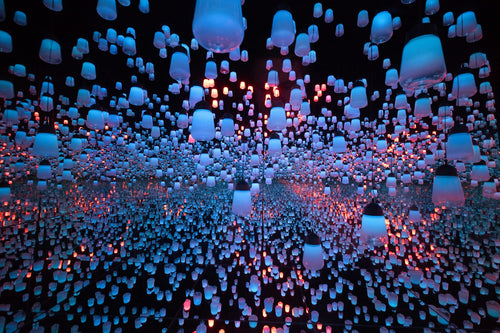
Top 10 museum to visit in Tokyo
Tokyo is home to a diverse range of museums that cater to all interests, from art and history to technology and pop c...
-
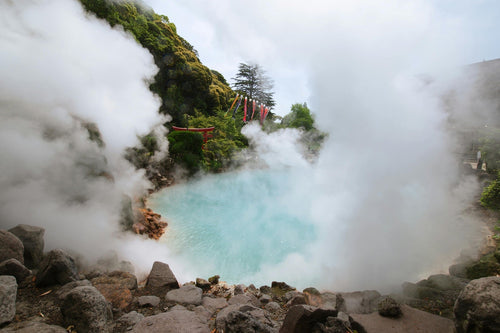
9 Best Hot Spring and Bathhouse in Tokyo
Tokyo is known for its vibrant urban energy, but it's also a fantastic place to relax and rejuvenate in hot springs (...
-
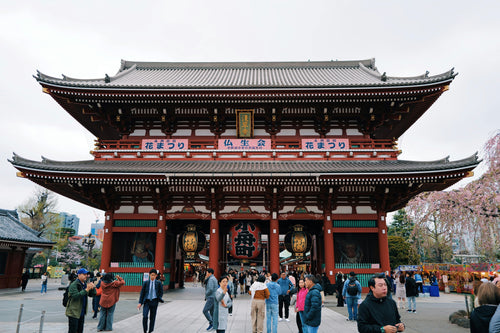
15 Famous Temples and Shrines to Visit near Tokyo
Tokyo and its surrounding areas are home to many famous temples and shrines that showcase Japan's rich spiritual and ...









































